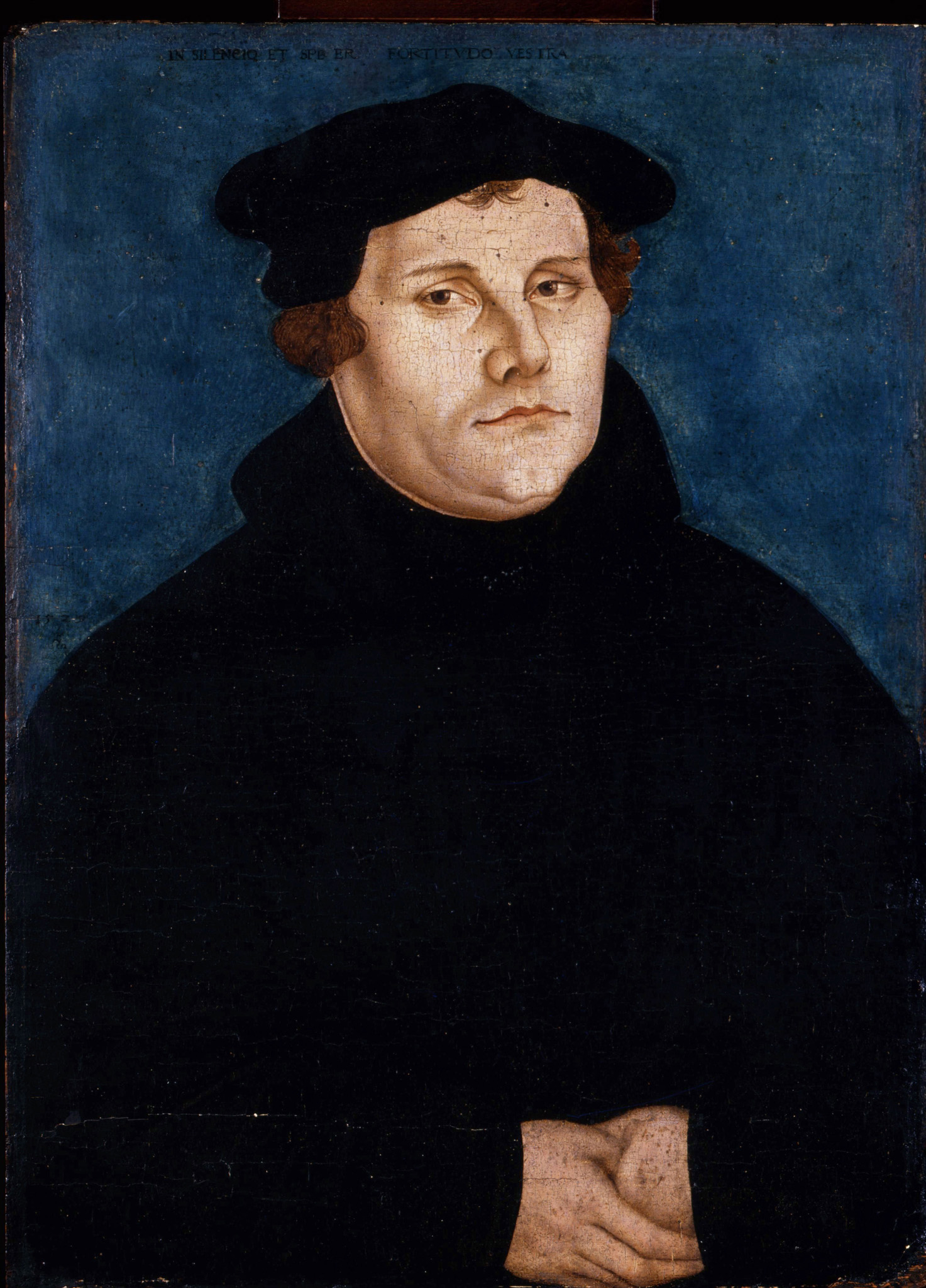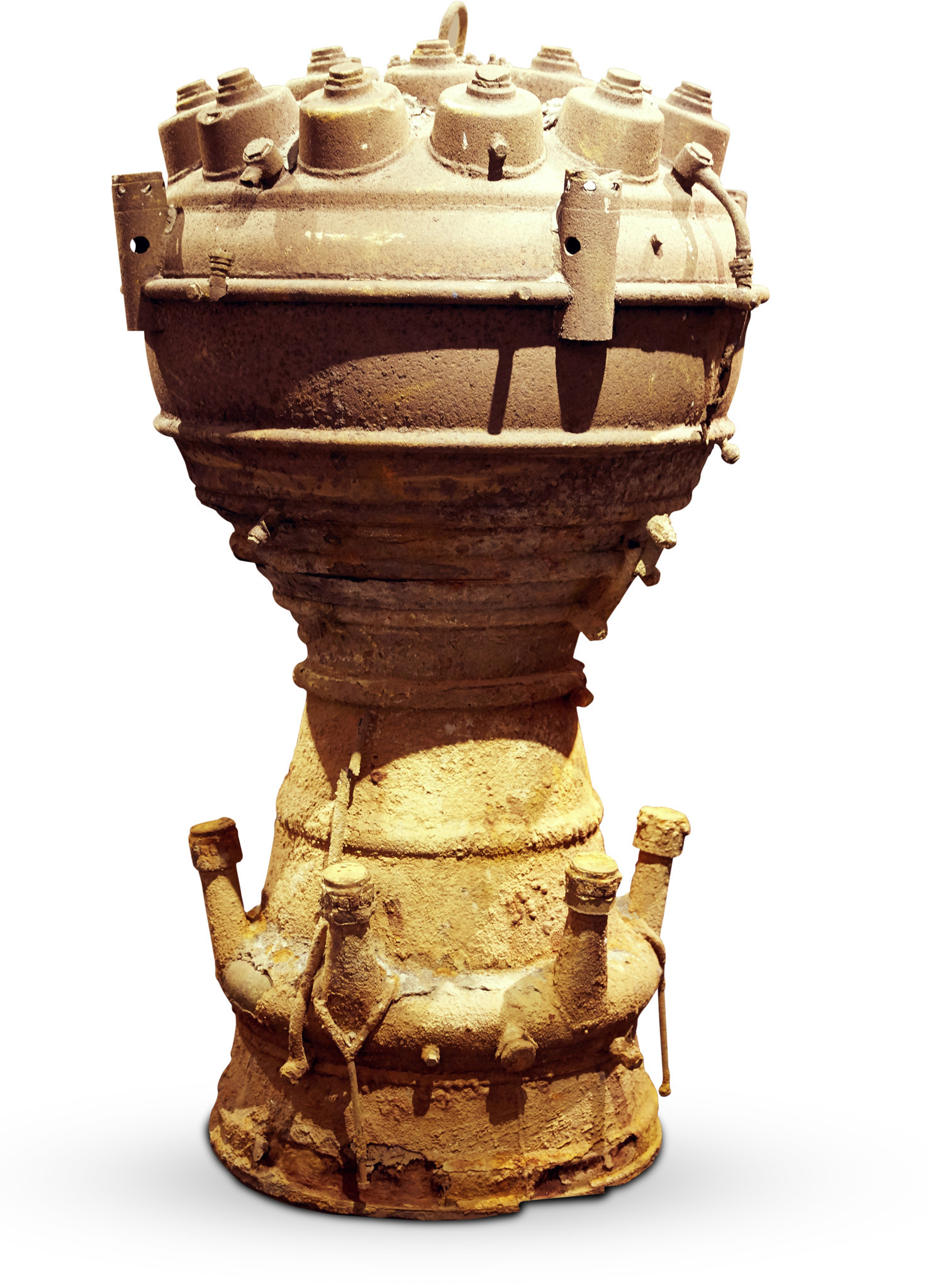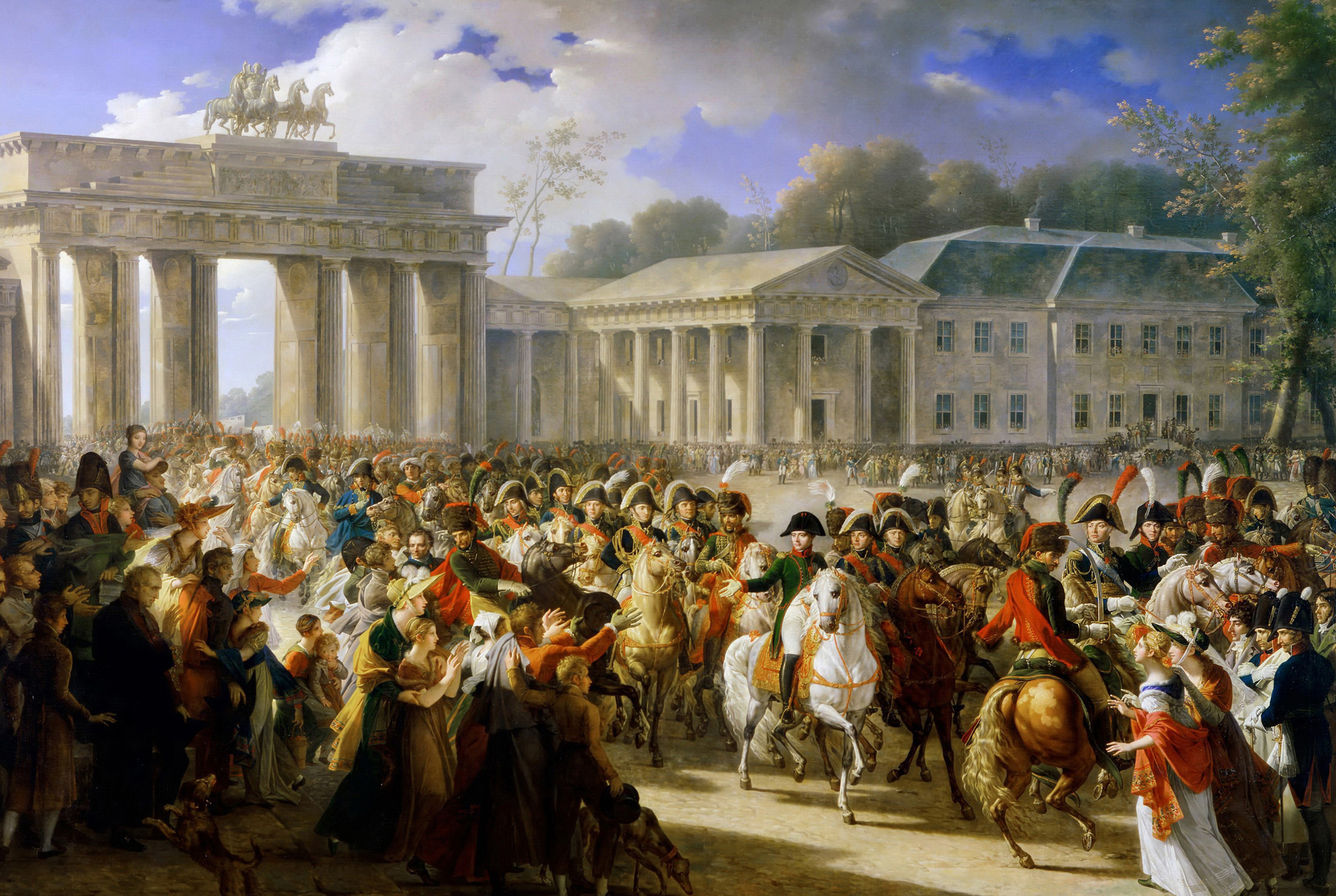DEUTSCHES HISTORISCHES MUSEUM
1. The Dying Warriors
The 22 reliefs by Andreas Schlüter, displayed on the walls of the courtyard rather than in one of the museum’s exhibitions, portray the horrors of war in an unusually immediate way.
2. Europe and Asia
This group of 18th century Meissen porcelain figures reflects the fascinating relationship between the two continents.
3. Steam Engine
A full-sized steam engine from the year 1847 marks the entrance to the exhibition on the Industrial Revolution.
4. Martin Luther
Luther’s portrait, by Lucas Cranach the Elder, is the focal point of exhibition rooms devoted to the Reformation and Martin Luther himself.

Martin Luther by Lucas Cranach
5. Clothes from the Camps
Among the many exhibits here that illustrate the years under Nazi rule is the jacket of a concentration camp inmate – a chilling reminder of the Third Reich.
6. V2 Rocket
Exhibited in the section on Nazi Germany is a V2 rocket engine, displayed next to an 88-mm flak gun. The V2 missile was one of the Wunderwaffen (“wonder weapons”) used by German troops at the end of World War II.

A Nazi Germany V2 rocket engine
7. Soldiers Plundering a House
This painting by Flemish-Baroque painter Sebastian Vrancx, dating from around 1600, depicts a scene from the wars of religion that tore the Netherlands apart during the 16th century.
8. Saddle
A valuable saddle, dating from the middle of the 15th century, is decorated with elaborately carved plaques made of ivory.
9. The Berlin Wall
An original section of the Berlin Wall, together with the banners of a peaceful pro-unification demonstration in 1989, commemorates the fall of the Wall.
10. Gloria Victis
The moving allegorical figure of Gloria Victis, created by the French sculptor Antonin Mercié, bears witness to the death of his friend during the final days of the Franco-Prussian War of 1870–71.
ZEUGHAUS UNTER DEN LINDEN
Originally the royal arsenal, the Zeughaus was built in 1706 in the Baroque style according to plans by Johann Arnold Nering. It is an impressive structure, with the building surrounding a historical central courtyard that is protected by a modern glass cupola roof. Especially memorable are Baroque sculptor Andreas Schlüter’s figures of 22 dying warriors, lined up along the arcades in the courtyard. They portray vividly the horrors of war. Behind the main building stands a cone-shaped glass annex designed by the Chinese-born architect Ieoh Ming Pei in 2001 for special exhibitions and temporary shows. The permanent exhibition in the main historical building includes a collection entitled “Images and Testimonials of German History”. Highlighting the most significant periods and events in the history of the country, the displays include a surprising variety of exhibits dating from the days of the early Medieval German Empire up to 1994. Featured are the period of the Reformation, the Thirty Years’ War, the wars of Liberation and the failed Revolution of 1848, and, of course, the two World Wars.

Entry of Napoleon into Berlin, 27 October 1806 (1810) by Charles Meynier shows the victorious French at the Brandenburg Gate, Unter den Linden.
TOP 10 UNTER DEN LINDEN EVENTS
1. 1573 Elector Johann Georg has a bridle path built, linking the royal Stadtschloss and the Tiergarten
2. 1647 During the reign of the Great Elector, the road is planted with Linden (lime trees)
3. From 1740 Frederick the Great has grand buildings erected
4. 1806 Napoleon and his troops march along Unter den Linden
5. 1820 The road turns into a grand boulevard
6. 1928 Unter den Linden and Friedrichstraße epitomize the world city
7. 1933 Troops celebrate Hitler’s victory
8. 1945 The avenue is razed to the ground
9. 1948–53 Revival of the boulevard
10. October 1989 Demonstrations lead to the fall of the East German regime
